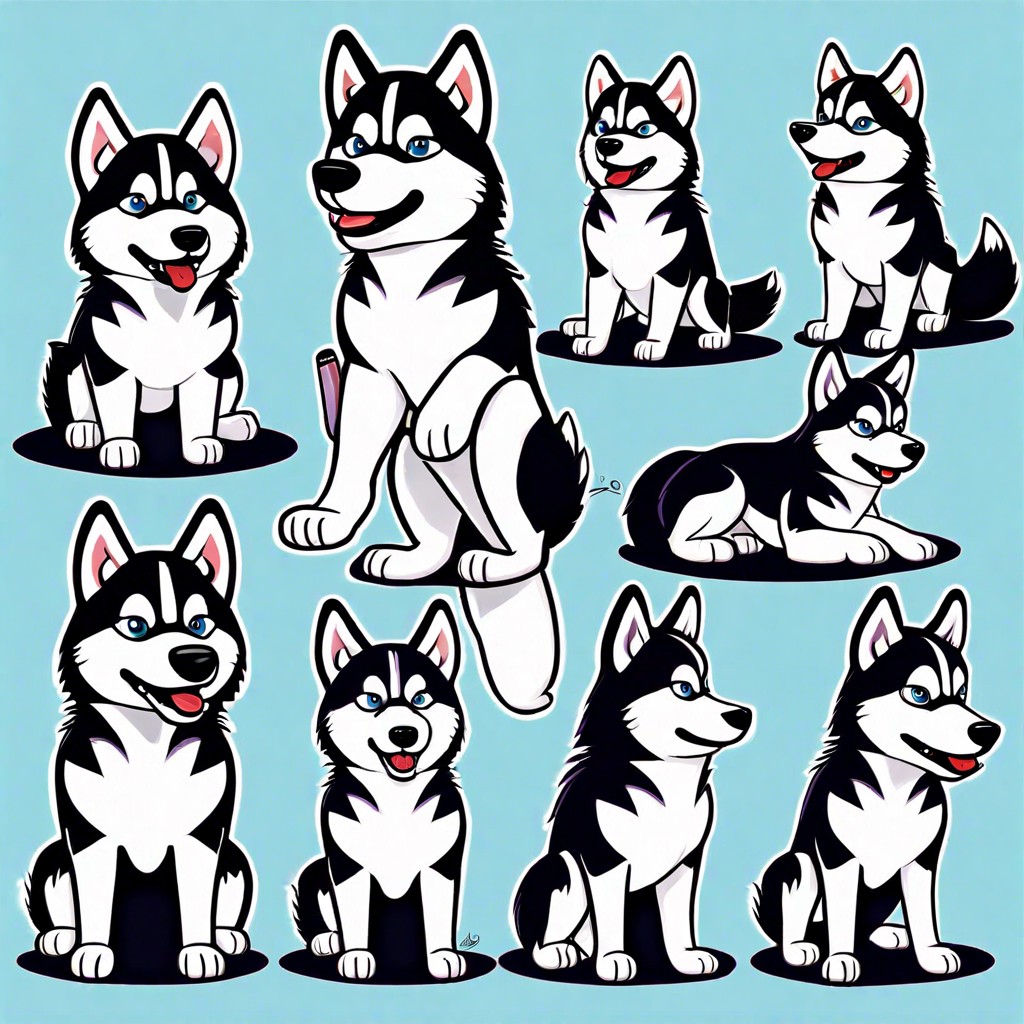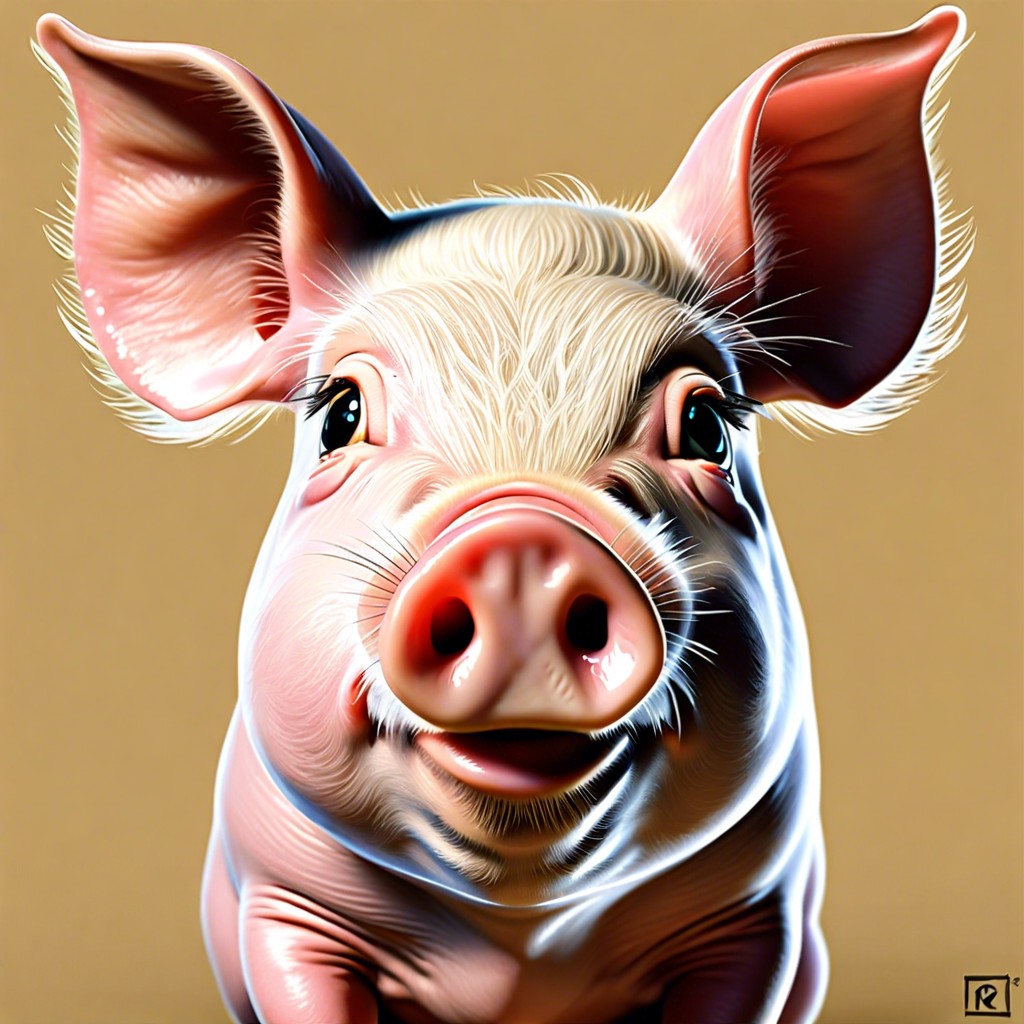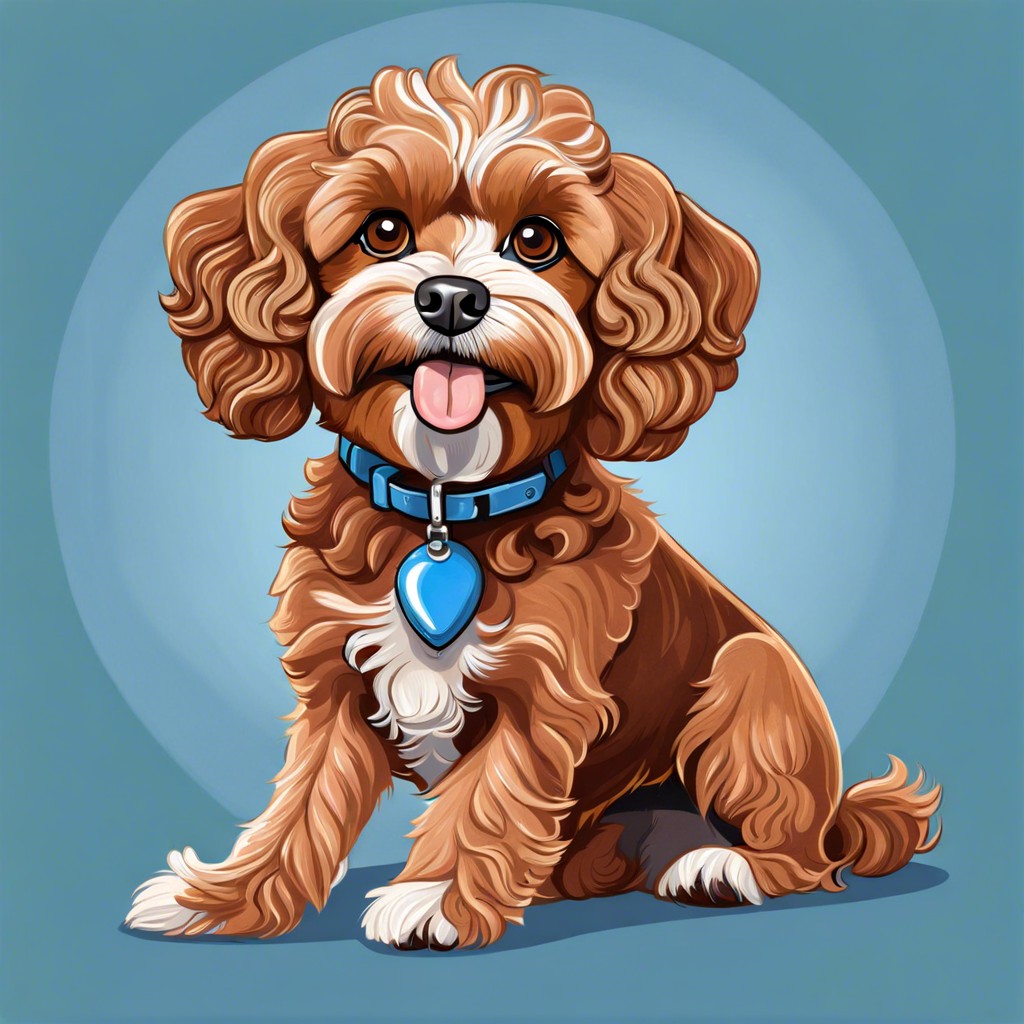Discover the typical size range of bearded dragons and what factors influence their growth.
Key takeaways:
- Bearded dragons typically reach 18 to 24 inches in length.
- Size is influenced by genetics, nutrition, environment, and overall health.
- Proper tank size, temperature, lighting, and substrate are crucial for growth.
- Hiding spots and climbing structures promote physical activity and minimize stress.
- Early nutrition and health are important for reaching maximum size.
Average Size of Adult Bearded Dragons
Bearded dragons typically attain a length of 18 to 24 inches from head to tail when fully grown. This size is consistent across most of the common species kept as pets, such as the Pogona vitticeps. Gender plays a modest role in determining size; generally, males are slightly larger than females.
The growth to full size usually occurs by the age of 18 months, highlighting the rapid early growth phase of these reptiles. Proper nutrition and health in this critical period can influence whether they reach the upper end of this size range, emphasizing the importance of a balanced diet rich in vitamins and minerals.
Understanding these points can help a potential or new owner anticipate how much space their bearded dragon will require as it grows, ensuring they can provide adequate accommodations from the start.
Factors That Influence How Big a Bearded Dragon Can Get
Genetics play a crucial role in determining the maximum size a bearded dragon can achieve. Offspring often inherit size traits from their parents, influencing their growth potential. Nutrition is another vital factor; a diet rich in essential nutrients helps ensure robust development. Overfeeding, however, can lead to obesity rather than healthy growth, underscoring the importance of balanced feeding.
Environmental conditions also significantly impact growth. Bearded dragons need sufficient space to explore and exercise, which promotes healthy physical development. Additionally, correct lighting, particularly UVB exposure, is essential for calcium metabolism, crucial for strong bone development. Temperature regulation within their habitat can affect their metabolism and overall growth rate; thus, maintaining appropriate temperature gradients is vital.
Lastly, overall health also influences size. Regular veterinary care, proper handling to prevent stress, and a clean, enriching environment reduce health issues that can stunt growth, ensuring your bearded dragon grows to its full potential.
Setting Up the Ideal Tank for a Bearded Dragon
To ensure your bearded dragon has the potential to reach its maximum size, choosing the right tank size is crucial. For a single adult, a 40 to 50-gallon tank is recommended. This provides ample space for movement and exercise, key components for their physical health.
Temperature gradients are also significant. The tank should have a warm side where temperatures range between 95°F to 105°F, and a cooler side around 85°F during the day. Nighttime temperatures can drop to about 70°F. These conditions mimic their natural desert habitats, promoting natural behaviors and digestion.
Include UVB lighting for about 12 hours a day to assist in calcium absorption, crucial for bone growth and general health.
Do not overlook substrates—use sand, reptile carpet, or tiles. These options are safe and mimic their natural environment, contributing to their overall well-being and growth.
Lastly, provide hiding spots and climbing structures. They not only encourage physical activity but also ensure stress levels are minimized, which can affect growth. Structures like branches or rocks allow the dragon to engage in climbing, an essential activity for muscle development.



